Full Guide To Tanzanite vs. Celestite (This is the Difference)
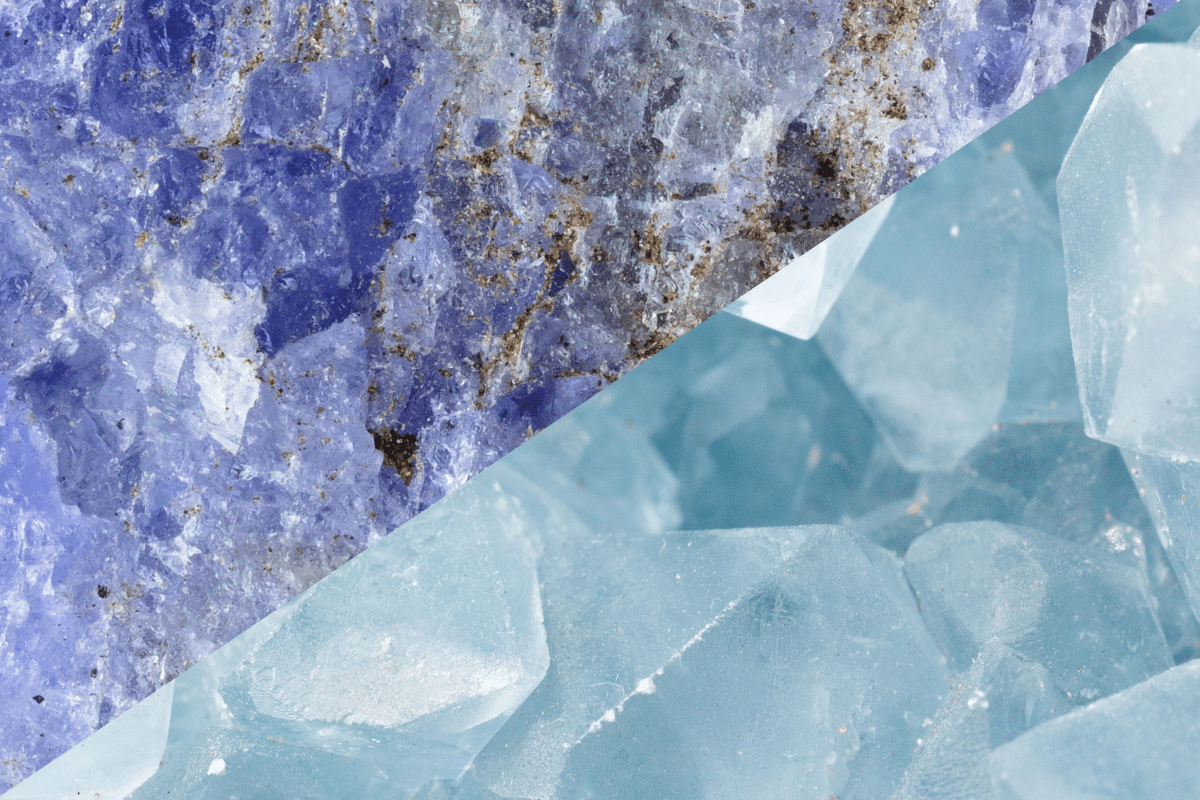
In order to work with our crystals effectively, we need to understand their properties. With crystals that look similar or have similar uses, such as tanzanite and celestite, it can be difficult to determine which one to work with. The answer should always be; the one you are most drawn to. However, if you are looking to find the difference in physical appearance as well as metaphysical properties, you’ll find your answer here.
Tanzanite is often more purple in color than celestite. It is also much harder, and therefore durable, and rarer. Tanzanite represents new beginnings, truth, and intuition, while celestite symbolizes good luck and holiness.
Continue reading if you want to know more about the (physical) qualities of these stones, as well as how you can use them in your spiritual practice.
Also read: Celestite vs. Angelite: This Is The Difference
Want more help or information? If you have any more questions after reading this blog post or want a personal answer for your specific situation, join the free Facebook group! We promise you’ll get an answer from either our team members or a community member.
Tanzanite vs. Celestite – How To Tell The Difference?
In order to understand the difference between these two stones, we can look at their color, shape, pattern, clarity, and more. Below we’ll describe all these aspects in detail.
Chemical Composition
Tanzanite is a blue variety of zoisite. The stone contains vanadium elements which are responsible for its blue hues. Its chemical composition is calcium aluminum silicate.
On the other hand, celestite is a sulfate mineral and a member of the barite group. Its chemical composition is strontium sulfate with trace elements of barium or calcium.
Color
Although the blue variety of zoisite is called tanzanite, it also comes in various other colors, including yellow, blue, and pink. When this blue variety of zoisite is heated to 600 degrees C, the vanadium oxidizes and becomes deeper in color. The more saturated the color, the more valuable the stone will be, which is why this stone may undergo heat treatment. Luckily, these are universally accepted and do not affect the price or quality of tanzanite.
Apart from the blue/violet/red color coming from tanzanite, it might also show different color flashes:
- Pink tanzanite: when pink flashes can be seen on a bluish-violet tanzanite
- Golden tanzanite: a rare stone that portrays blue, purple, and gold hues.
- Peacock tanzanite: the stone shows sky blue, white, green, and purple tones.
Celestite is also available in many colors but does not display trichroism. The stones come in red, orange, colorless, brown, blue, gray, and green colors, although the blue variety is most commonly associated with celestite.
Also read: Celestite vs. Blue Calcite: This Is The Difference
Pattern and Clarity
Tanzanite is transparent when of high quality, but may also contain inclusions and imperfections.
Tanzanite commonly only has smaller inclusions that cannot be seen with the naked eye. So, if tanzanite does have visible inclusions, this drastically lowers the value.
Celestite, on the other hand, may have white banding formations seen within the stone. Its clarity can be transparent to translucent depending on the inclusions.
Both tanzanite and celestite have a vitreous (glass-like) luster, although celestite can be pearly on the surfaces where it has broken off.
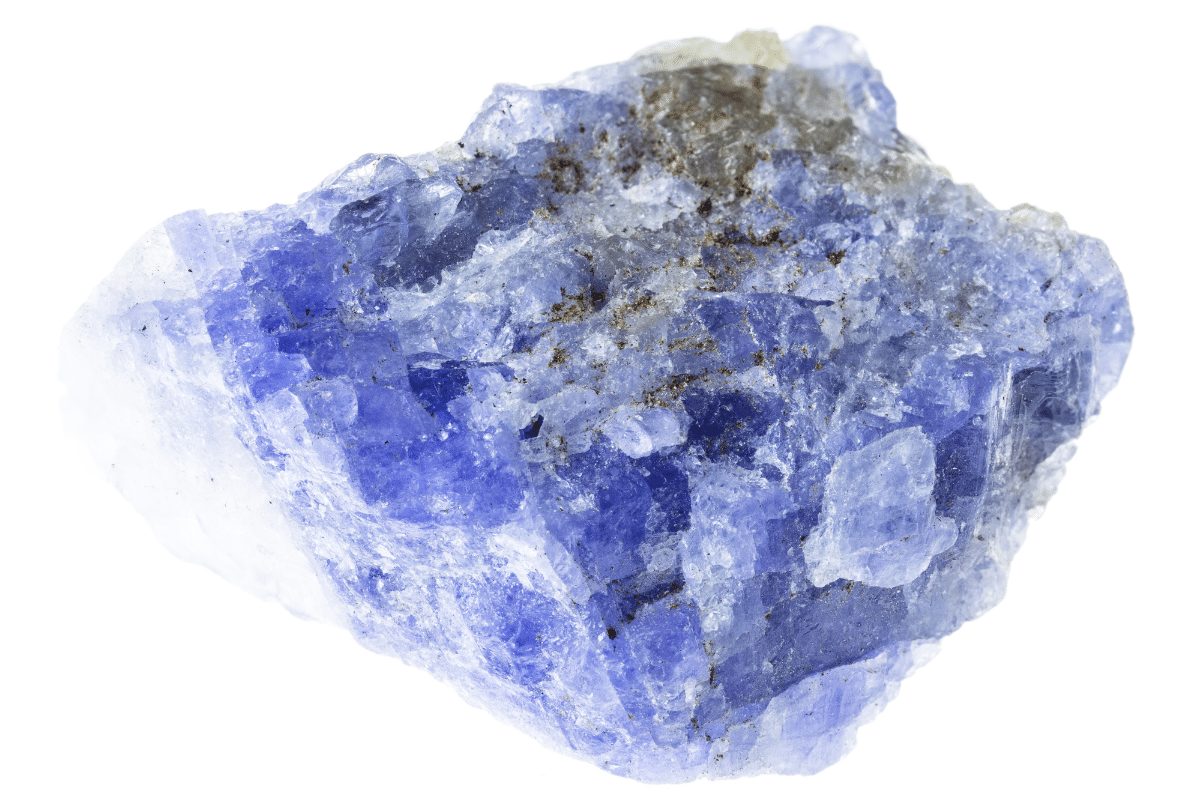
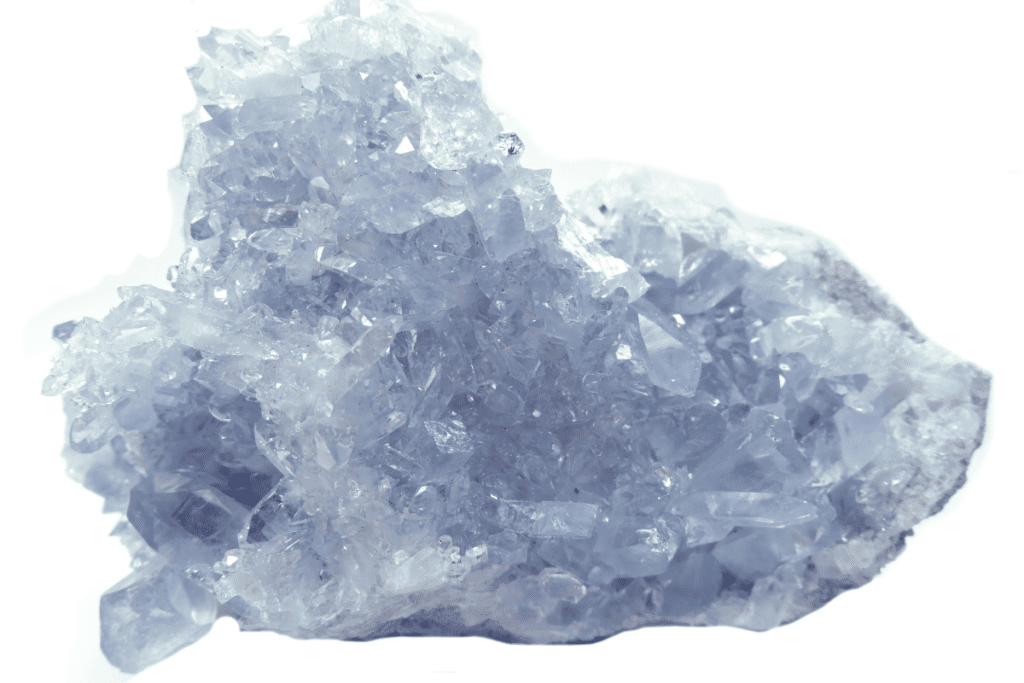
Hardness
Tanzanite is a much harder, and therefore durable, gemstone compared to celestite. It rates 6.5 to 7, while celestite rates 3- 3.5 on the Mohs scale.
If you’re unfamiliar, the Mohs scale of hardness determines a stone’s hardness by measuring how scratch-resistant it is. According to this scale, a stone can scratch any other mineral with a lower score. For reference, talc is a 1, whereas diamond is a 10.
In our example, tanzanite could easily scratch celestite, but not vice versa. As a result, celestite requires more care and is better off as jewelry that isn’t worn daily.
Care
Tanzanite is relatively durable, given its impressive hardness score. However, the stone can be damaged by harsh acids and treatments. Therefore, the best way to clean this stone is by using warm water and mild detergent at home.
The stone is sensitive to sudden temperatures and extreme heat, so steam and ultrasonic cleaners are not advisable.
As said, celestite is a very soft stone. As a result, water should be avoided when cleansing the stone because it may cause the stone to break.
Apart from physically cleaning the stones, you might want to clear them of negative energies. This is highly recommended if you use them for their metaphysical properties.
The reason for this is that these stones absorb low vibrations. Every month or so, you want to remove these energies from the stone so you can continue to use it. After cleansing, it is recommended you also recharge the stones to make sure they are full of positive energy to share with you.
Tanzanite and celestite can be cleansed and recharged by moonlight or using cleansing crystals like selenite and clear quartz. The stones can also be recharged through sound, or by burying them in brown rice.
We do not recommend leaving these stones in the sun, as they are likely to fade when exposed to direct sunlight for longer periods.
Also read: Tanzanite vs Sapphire: This is the Difference
Location
Celestite is a common gemstone found in Mexico, Poland, Brazil, China, and Madagascar. Conversely, Tanzanite is much rarer and is found only in Tanzania, from where it gets its name.
Tanzanite vs. Celestite – Metaphysical Properties
Beware that crystals are never a replacement for professional medical help. If you have any issues, see a doctor first and follow their advice.
Tanzanite is associated with new beginnings, truth, and intuition. They are said to represent a person’s dreams and guide you through the dream to reality. This stone activates the crown, third eye, and throat chakras, facilitating intuition, psychic abilities, and communication. These stones will also facilitate transformation. The stone can help you break negative patterns and behavior and create a better and more rewarding life.
Tanzanite stones will be there for you emotionally by rebuilding trust, grounding feelings, and opening your insight to be more loving and compassionate. The stone encourages its wearer to triumph over fear, disasters, and self-expression.
Spiritually, the stone elevates consciousness and links the wearer to angelic and spiritual realms. It encourages deep meditation and karmic healing. It will also enable the wearer to accept life changes.
Celestite symbolizes good luck and holiness and is esteemed for its high vibrational frequencies. Its divine energies are powerful in healing. The stone connects to the crown and third eye chakras that connect the wearer to the angelic realms. The powers of this stone also trickle down to the throat chakra, which allows for better communication and expression.
The stone is believed to relieve anxiety and obsessive behaviors while assisting its bearer in finding and maintaining inner peace.
Tanzanite is used in cell restoration, improving the immune system, detoxifying the blood, and improving liveliness. The stone also relieves tiredness, trauma, migraines, and severe pains.
Physically, celestite is a pain reliever that is associated with the detoxifying of organs. The stone is also used to treat brain, ear, eye, and cellular disorders.
Also read: Amethyst vs. Tanzanite: This Is The Difference
Chakra Association
Chakras are the different energy points in our bodies. There are 7, each of them linked to a certain aspect of our lives. We can link each chakra to crystals or gemstones by color and their properties.
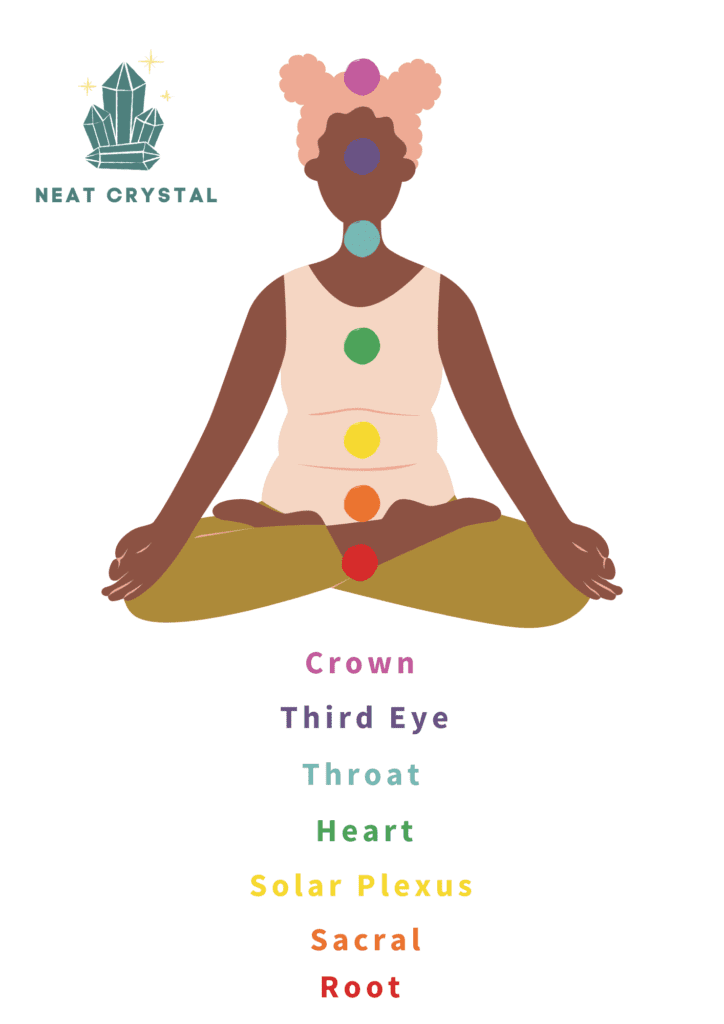
Tanzanite and celestite, are associated with the third eye, throat, and crown chakras.
The throat chakra (Vishuddha) is the area from the mouth to the throat. It is the chakra responsible for speech and expression. A balanced throat chakra improves communication and authenticity. It helps us communicate our true selves accurately and truthfully.
The third eye chakra (Ajna) is found between the eyebrows. The chakra is associated with psychic abilities and intellect. A balanced Ajna is seen in improved consciousness and intuition.
The crown chakra (Sahasrara) is at the top of the head. This chakra is the link to universal consciousness and the spiritual realms. A balanced Sahasrara manifests in an excellent connection to the spiritual and living a purposeful life.
Zodiac Association
Tanzanite is a modern birthstone for December, making it particularly compatible with Sagittarius and Capricorn people born that month. These two signs can use tanzanite stones to encourage them to take risks and find freedom.
Tanzanite is also beneficial to Geminis, helping them in improving communication, intuition, and insight.
Celestite is not a birthstone but is associated with Neptune and Venus, which rule Pisces, Taurus, and Libra. Working with this stone will help these signs with emotional and mental clarity, especially in difficult times, and helps them understand their emotions.
Celestite is also compatible with Geminis. The stone improves communication, self-acceptance, and understanding of oneself.
If you feel you want to work with these stones, but are not one of these zodiac signs, feel free to do so anyway! These stones and signs are just particularly compatible, but this doesn’t mean you can’t use them if you have a different sign.



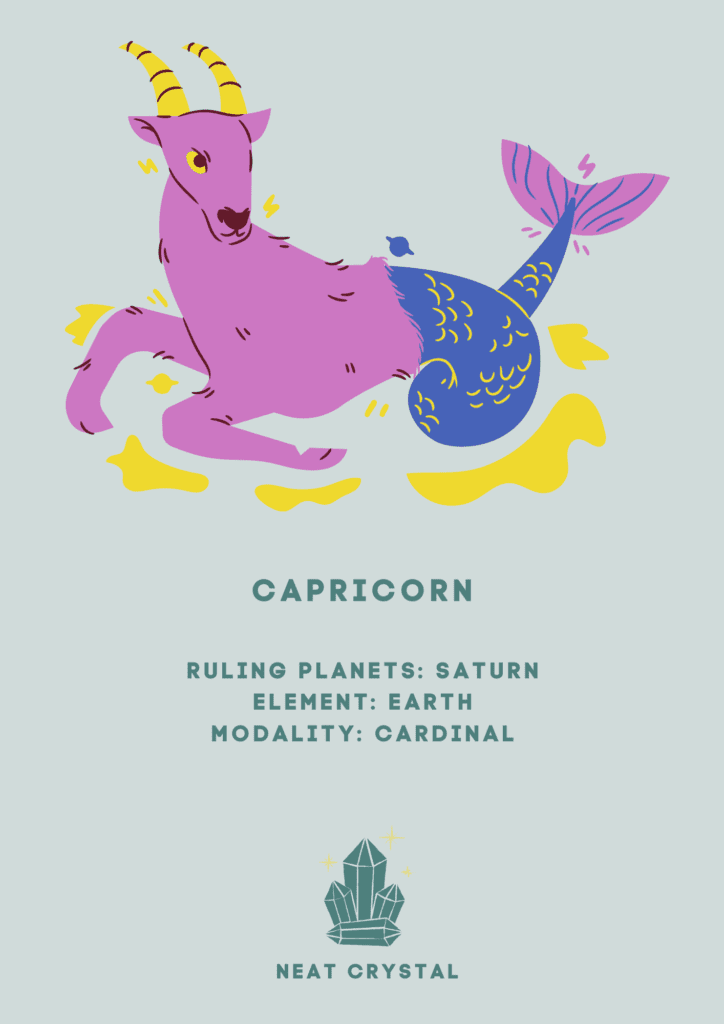
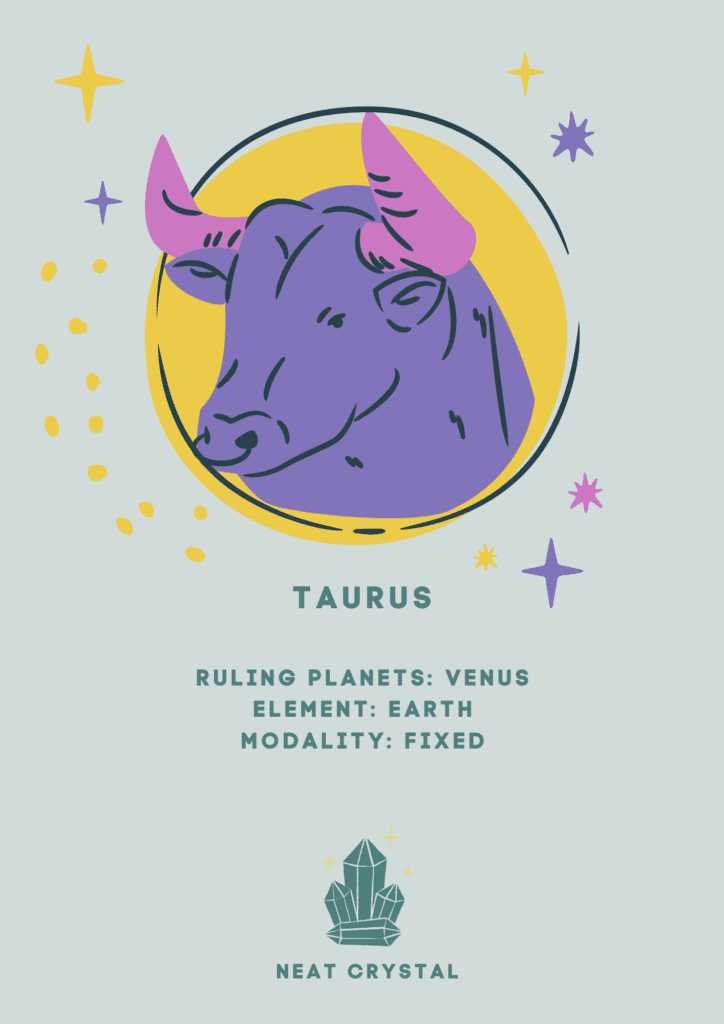
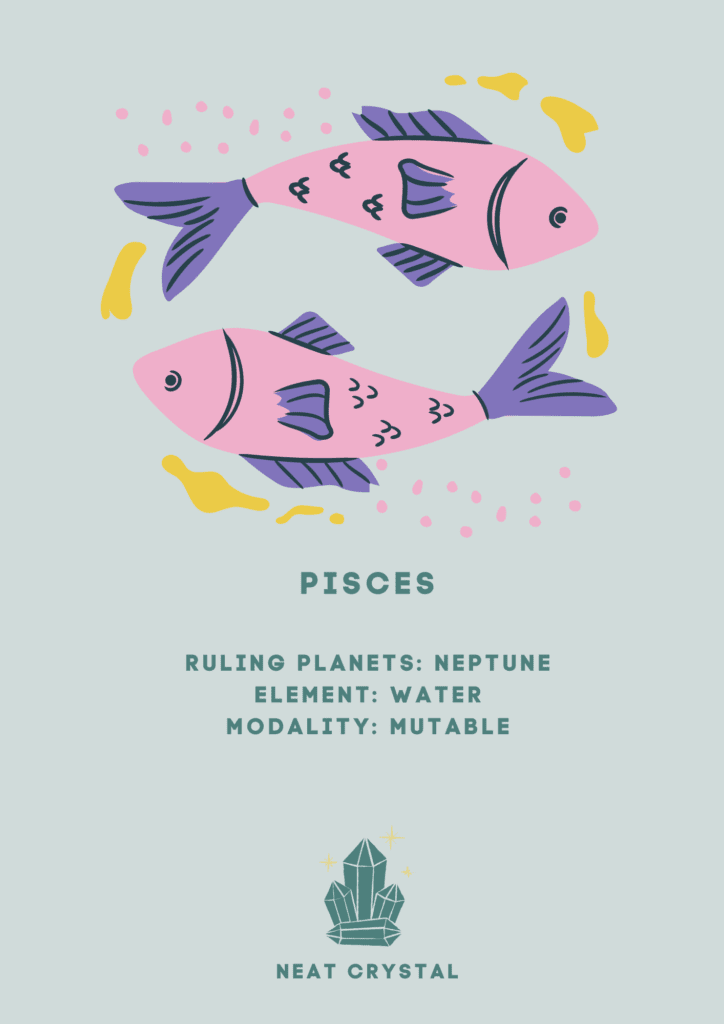
Element Association
Many cultures have developed the idea of elements to explain nature. In the west, this idea was created by the ancient Greeks and consisted of 4 elements: Earth, Air, Fire, and Water.
Tanzanite and celestite are both associated with the air element. The element is related to the mind, communication, intellect, and logic. The stones’ energies are harnessed to influence the mind and improve communication, memory, and creativity. The gemstones also connect to the divine realms, allowing psychic communication and abilities and an awakened third eye chakra.
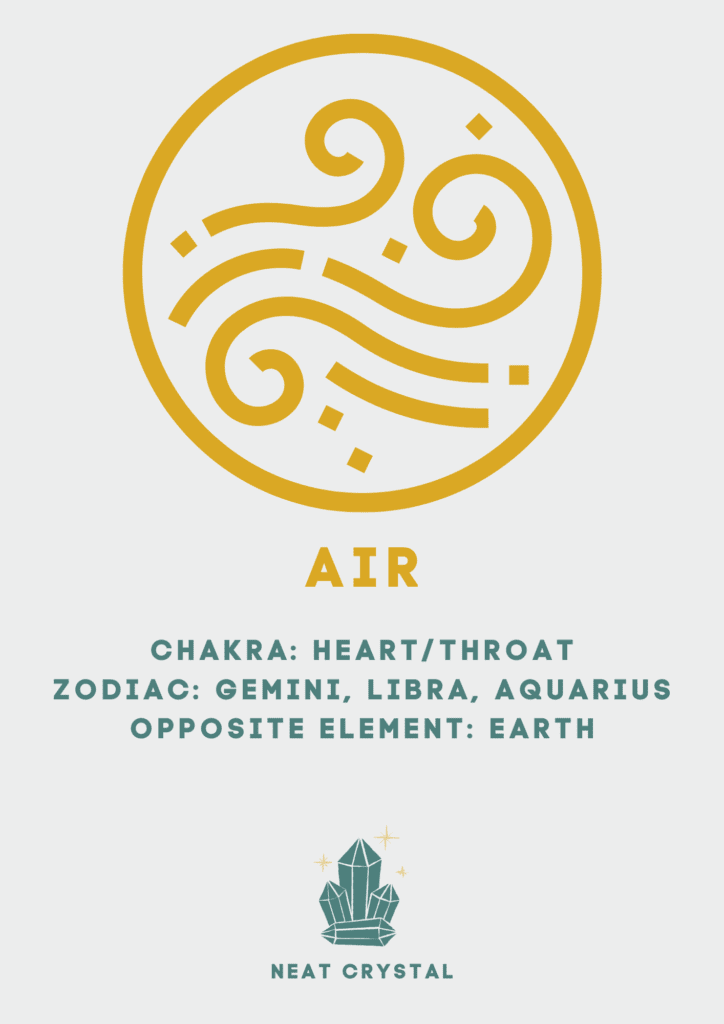
Ruling Planets
All crystals are ruled by a planet, which simply means that this planet has more power over the stone than the other planets.
For tanzanite, its rulers are Saturn and Jupiter. Saturn is associated with values, virtues, careers, achievements, and justice. As the god of karma, the planet serves punishment and is believed to be associated with accidents, poverty, and misery, among other hurdles in life.
Jupiter, on the other hand, represents growth, happiness, knowledge, and expansion. Jupiter’s rulership encourages expression and confidence. The planet also offers guidance on the right path to follow. Learning is also one of the most vital attributes of Jupiter.
Celestite is co-ruled by Venus and Neptune. Venus governs pleasure, beauty and luxury. The influence of this planet is seen in our material desires, luxurious preferences, and (romantic) relationships.
Neptune governs dreams, spirituality, and imagination. The planet influences mercy, intuition, and compassion. Under its influence, people are enlightened spiritually and overflowing with creative energies.
Also read: Peach Sapphire vs Morganite: This is the Difference
Numerical Vibration
Tanzanites vibrate to the anchoring energies of 4. In numerology, this number represents security, solid foundations, and stability. The tanzanite will channel this number’s energies to developing spiritual and mental stability, giving us more control over our thoughts and life. It is a stone to use when you feel lost and directionless. It will reveal your life’s purpose and balance and ground your heart, mind, and soul energies.
Celestite vibrates at 2 and 8. Number 2 vibrates with harmonizing and powerful balancing energies. The number represents duality and acts as the mediator. People who resonate with this number are persuasive, empathetic, and sensitive towards others.
Number 8, on the other hand, represents karma, wealth, abundance, and authority. People under its influence are ambitious, persistent, and overflowing with strength and energy. However, the more negative traits of this energy are materialism, selfishness, and stubbornness. The celestite will help know when to stop and prevent extremes that could generate problems that the mind and body may not be able to withstand.
Uses
There are many different ways to use these stones. Below we’ll outline a few options for you.
Home / office
Both stones are used for good Feng Shui at home and offices.
Tanzanite utilizes fire and water energies in Feng Shui. Water energies are associated with peace, money, and success in all aspects of life. These energies also encourage letting go and embracing new beginnings. When placed at the northern / entrance area of the home, tanzanite will promote creativity and invite water energies.
Fire energies in Feng Shui are associated with passion, expansion, and transformation. Tanzanite is placed in the southern area of the home to increase inspiration, love, and warmth and invite positive energies to the space.
Celestite is best placed in your bedroom for calm and soothing energies throughout the night.
Jewelry
Wearing jewelry is the best way to include these stones into your life, as they allow you to work with the stone’s energy all day. Make sure to wear them on your skin closest to the associated chakra, allowing you to reap the most of the stone’s benefits. For tanzanite and celestite, this would mean a necklace or earrings.
Also read: Iolite vs Tanzanite: This is the Difference
Meditation
Both stones are effective in meditation practices. They will soothe and calm a troubled mind, which is paramount in this practice. Both stones will work on the third eye and throat chakra, facilitating concentration, psychic vision, and communication. If this is something you’re looking for, I’ll leave a guided meditation for the third eye chakra below:
Best Combinations
It can be incredibly beneficial to pair and combine crystals with similar properties to get the most out of our work with crystals. This way, they can strengthen and enhance each other. Below you’ll find some interesting options.
For the throat, chakra tanzanite can be used together with lapis lazuli or turquoise. The pair will improve communication and expression of suppressed emotions, which is vital for emotional healing. The stones will also encourage listening and appreciating other people’s viewpoints.
Celestite is paired with fluorite for better absorption of information. The pair will promote inner peace and support the brain to stay engaged and active. Celestite can be used together with angelite for relaxation and calm sleep. The pair is good at eliminating negative thoughts, stress and insomnia. Meditation with this combination before sleep will enable lucid dreaming and communication with spirit guides.

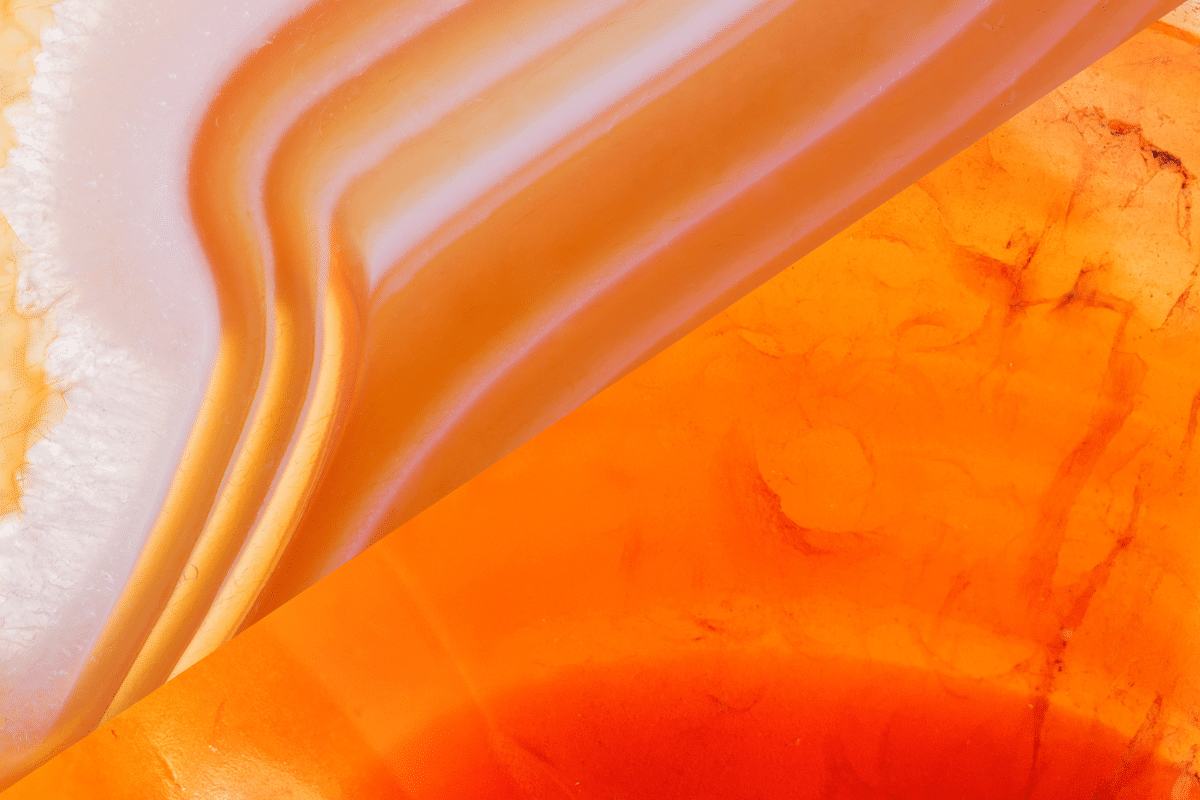
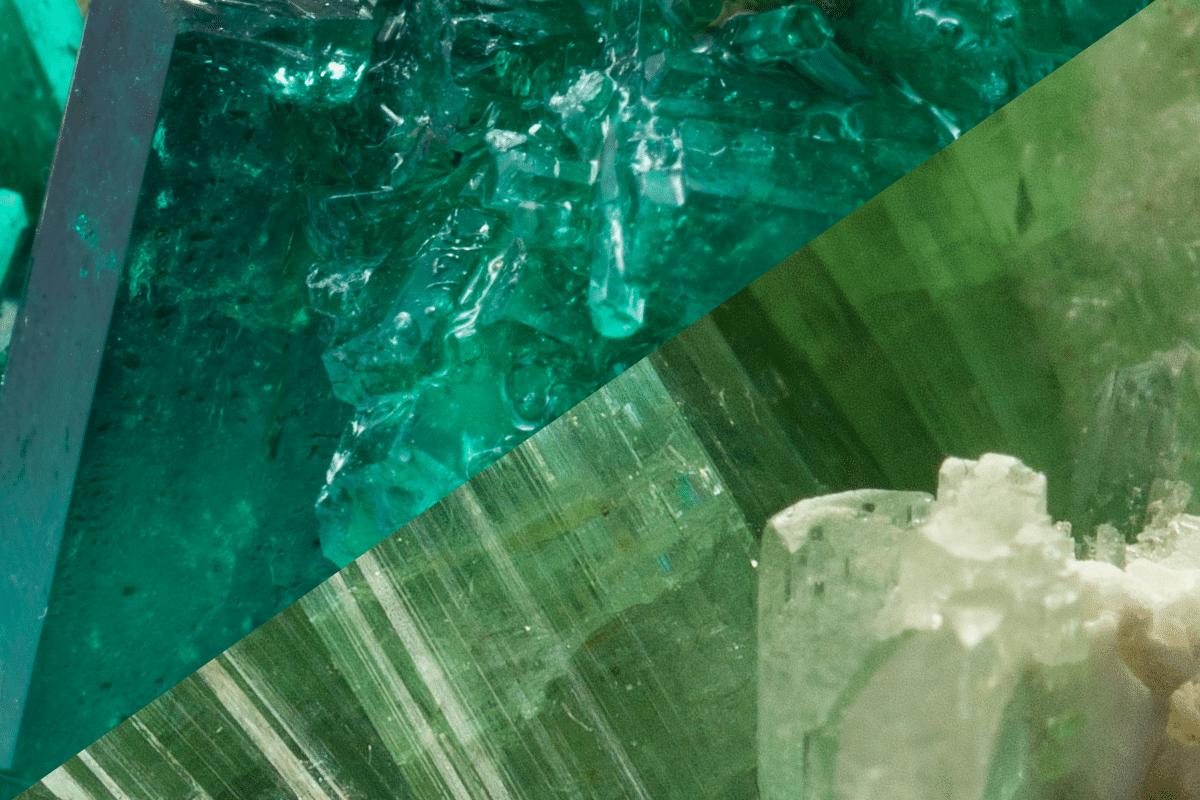


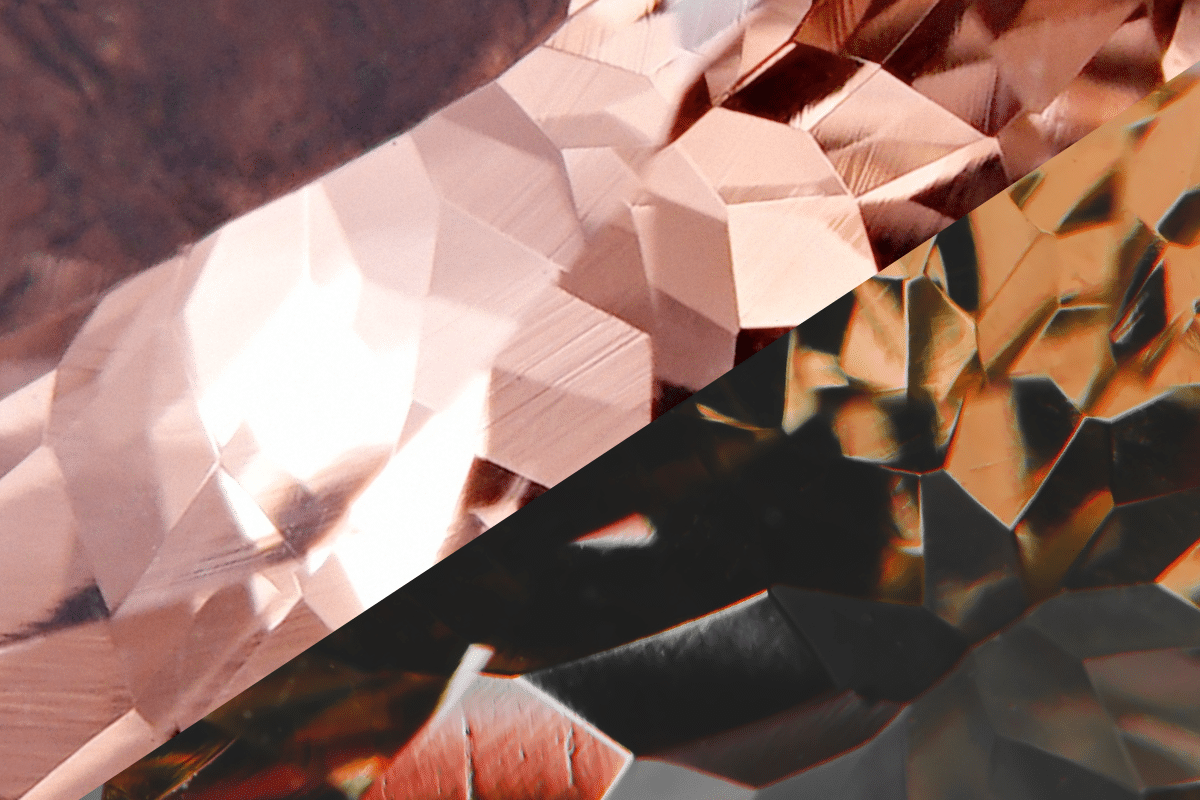
3 Comments